Will India, China, and Russia Work as a Team? The Complete 2025 Story
The Pahalgam Terror Attack: The Spark That Ignited Tensions
On April 22, 2025, a horrific terrorist attack shocked India. In Baisaran Valley near Pahalgam, Jammu and Kashmir, terrorists from Pakistan-backed groups killed 26 innocent civilians, mostly tourists from across India. The nation was stunned by this tragic event, which became one of the deadliest terror attacks in recent memory.
Two days later, on April 24, Prime Minister Narendra Modi gave a powerful speech in Madhubani, Bihar. He spoke in English for the first time in such a public setting, emphasizing the global nature of the threat. He said, this :-
.
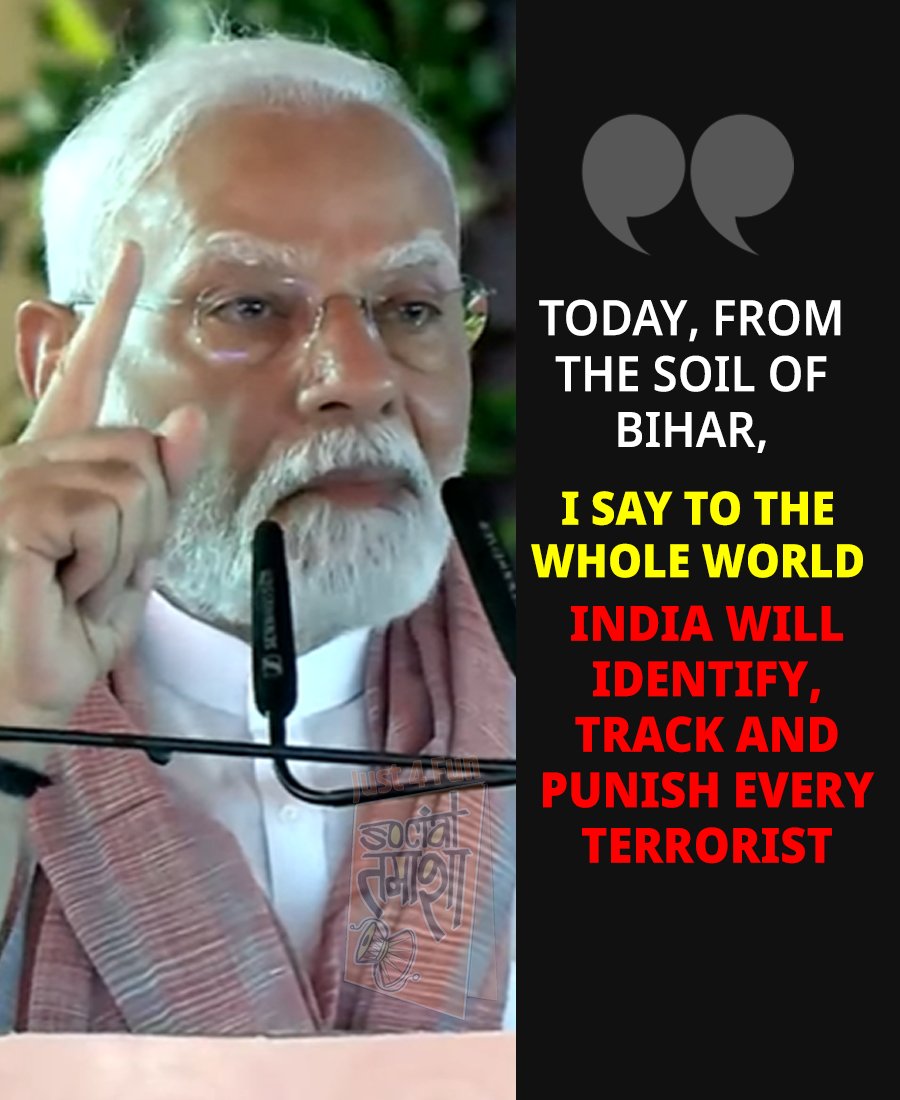
Operation Sindoor: India’s Retaliation
By early May, India responded decisively with Operation Sindoor, launching targeted airstrikes on terrorist bases inside Pakistan and Pakistan-occupied Kashmir. This was India’s way of delivering a strong message that terrorist acts would be met with stern consequences, asserting its sovereign right to defend its citizens.
Trump’s Ceasefire Claim and India’s Rejection
On May 9, 2025, former US President Donald Trump tweeted that India and Pakistan had agreed to a “full and immediate ceasefire,” claiming that the US had mediated the peace between the two countries. This tweet created a backdrop of diplomatic excitement in some circles :-
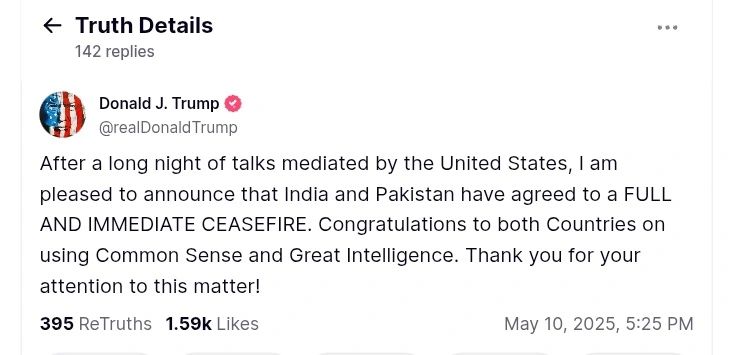
However, India quickly refuted these claims. On July 28, in a firm speech in Parliament, Prime Minister Modi stated that no world leader, including Trump, had ever asked India to stop its military operations during Operation Sindoor. Modi revealed that while US Vice President JD Vance had tried to call during the conflict, India made its own decisions, responding robustly to any aggression. Modi’s quote, “We will respond to a bullet with a cannonball,” reflected India’s unwavering stance.
Pakistan’s Army Chief Visits the US
Meanwhile, Pakistan’s Army Chief Asim Munir made back-to-back visits to the United States in August 2025, meeting high-level officials including President Trump. These visits signaled deepening Pakistan-US military ties even as Indo-US relations faced strain.
The US Hits India with Trade Tariffs
Following the military and diplomatic events, the US escalated economic pressure on India. On July 30, 2025, Trump announced tariffs of 25% on Indian exports as punishment for India’s continued import of Russian oil, which Washington viewed as undermining its sanctions against Russia.
India refused to back down. On August 3, Prime Minister Modi, in a rally in Uttar Pradesh, urged Indians to “buy local,” reinforcing the government’s emphasis on self-reliance and economic sovereignty. He continued buying Russian crude oil to secure affordable energy for India’s vast population, a move supported by Russia as well.
The tariffs were doubled to 50% in late August, making Indian exports among the most heavily taxed globally by the US.
When Trump Called India a “Dead Economy”: What Really Happened?
In a controversial comment that made headlines, former US President Donald Trump referred to India as a “dead economy” during a public statement and on social media. This remark was part of his broader criticism of India’s trade policies, specifically targeting high tariffs on American goods and India’s growing trade relationship with Russia. He suggested that despite India being touted as an emerging economic powerhouse, its economy was struggling and “dead.”
However, this characterization drew swift responses from Indian leaders and analysts who firmly rejected the claim. They pointed to India’s status as one of the fastest-growing major economies in the world, emphasizing the country’s large and expanding market, structural reforms, and increasing integration into the global economy. Many saw Trump’s remark not as an economic assessment but as political rhetoric influenced by ongoing trade tensions.

In the face of this criticism, India maintained its narrative of economic progress and resilience, highlighting milestones such as sustained GDP growth, expansion in manufacturing and digital sectors, and growing foreign investments. The episode underscored the competing narratives about India’s economic trajectory on the global stage, but it also reaffirmed national confidence in India’s growth story.
Modi Refuses Trump’s Calls: A Diplomatic Signal
In the weeks following these tariffs, Modi reportedly refused to take calls from Trump four times. This was interpreted as a sign of growing diplomatic friction and India’s desire to maintain an independent foreign policy course.some of reports say modi didint replay the call due to trump remark on dead economy
Why Russia and China are Watching Closely
Russia strongly supports India’s defiance of US sanctions because India’s oil imports keep Russia’s economy afloat amid Western pressure. China benefits from any weakening of US global dominance; therefore, it actively backs the BRICS alliance and supports India’s efforts to balance multiple global powers.
Indian Public and Political Reactions
The Indian public rallied behind Modi’s tough stance, with nationalist fervor rising especially in states like Punjab. Some opposition parties criticized government policies initially but largely backed India’s sovereignty and right to resist coercive economic measures.
Key Diplomatic Meetings Between India, China, and Russia in 2025
Throughout 2025, amid rising tensions and shifting alliances, India’s top diplomatic and security officials maintained an active engagement with counterparts in China and Russia, demonstrating the persistent efforts to balance strategic interests.
Ajit Doval’s Meetings
- Meeting with Chinese Officials:
India’s National Security Advisor (NSA), Ajit Doval, held several critical talks with Chinese security and border officials. These discussions focused on finalizing protocols to maintain peace along the Line of Actual Control (LAC), especially after the de-escalation of the 2020-22 border clashes. Notably, Doval’s engagement in July 2025 contributed to the sustained reduction in border tensions and the resumption of cross-border trade facilitation. - Engagements with Russia:
Ajit Doval also met with Russian security and defense advisors, including counterparts during bilateral visits focused on expanding counterterrorism cooperation and military-technical collaboration. These talks underpinned the growing India-Russia strategic relationship amid global stress due to Western sanctions on Moscow.
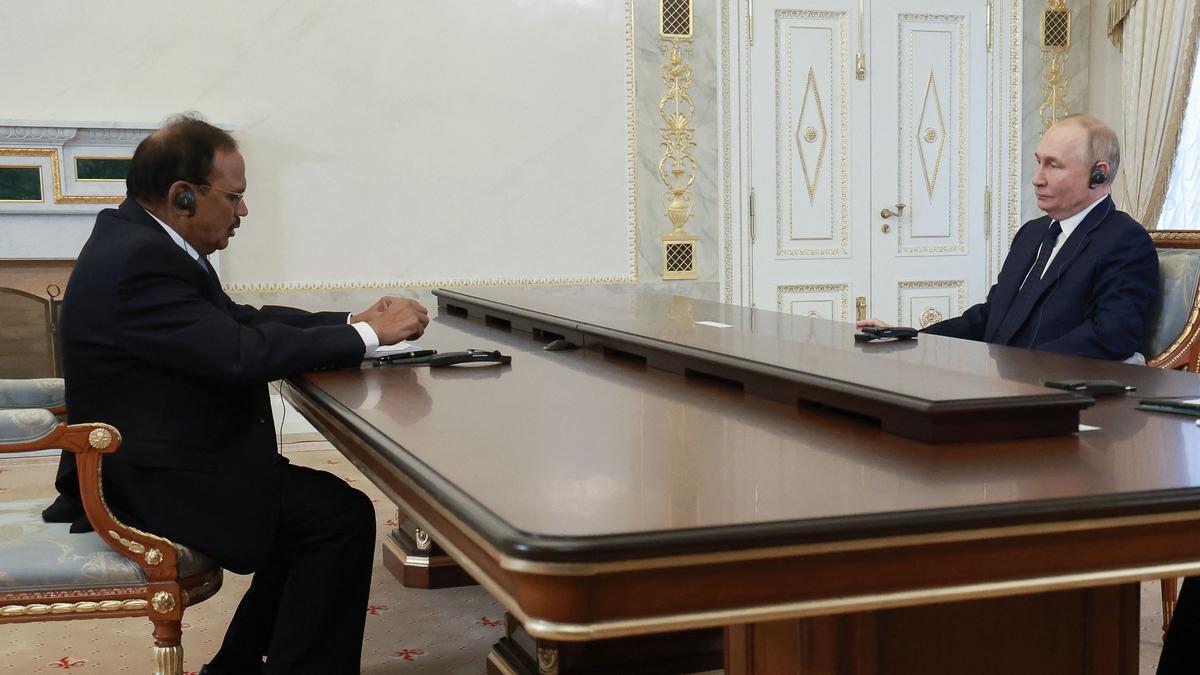
S. Jaishankar’s Diplomatic Outreach
- Diplomatic Conversations with China:
External Affairs Minister S. Jaishankar traveled for high-stakes diplomacy to Beijing in mid-2025. His meetings involved Chinese Foreign Minister Wang Yi and key officials to discuss border agreements, trade normalization, and multilateral cooperation through BRICS and SCO. These efforts were crucial for steadying Sino-Indian relations during a turbulent geopolitical period.
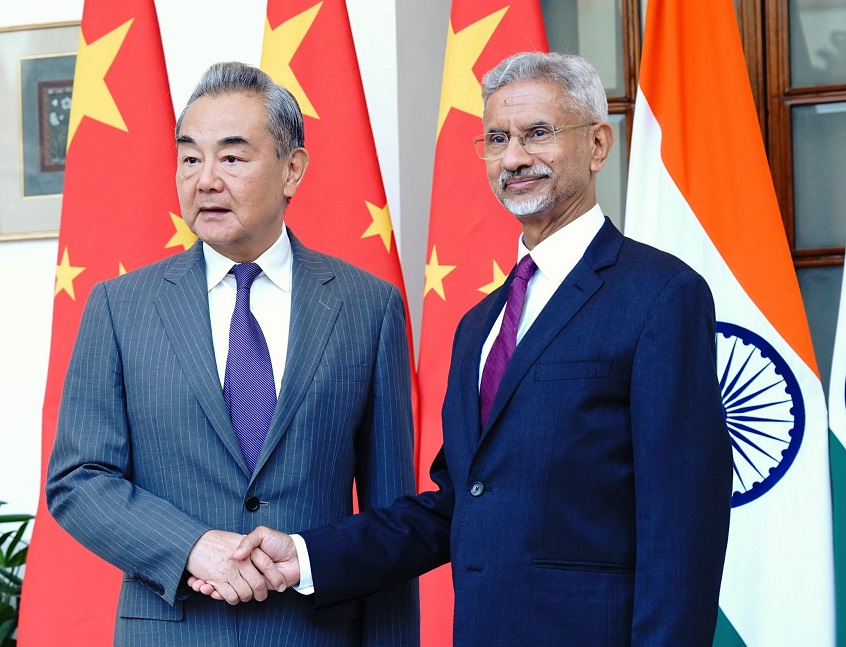
- Engagement with Russian Leaders:
Jaishankar also maintained dialogs with Russian Foreign Minister Sergey Lavrov and President Vladimir Putin, focusing on energy, trade ties, and international coordination against unilateral sanctions. India’s refusal to halt Russian oil imports despite US pressure was framed within these diplomatic conversations highlighting sovereignty and mutual strategic interests.
Summits and Multilateral Platforms
- SCO Summit, Tianjin (August 2025):
At this pivotal summit, Modi, Xi Jinping, and Vladimir Putin met in person for direct discussions. Alongside bilateral talks, the leaders addressed collective regional security, trade, and counterterrorism agendas. The summit was seen as a demonstration of the tripartite cooperation despite undercurrents of rivalry and mistrust.
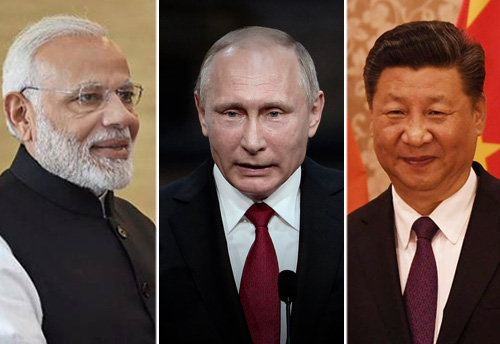
- BRICS Meetings (July 2025):
BRICS forums saw active participation of all three leaders, emphasizing economic reforms, digital innovation, and pushing for a multipolar global governance model. India’s role was vital in pushing for reforms to ensure more inclusive global economic cooperation.
These meetings highlight India’s dual approach in 2025 of maintaining dialogue and cooperation with both China and Russia, while also managing its complex relationship with the United States. The high-level visits and engagements allowed India to exert diplomatic influence and navigate its strategic autonomy in a rapidly changing world.
What Effect Did These Events Have on India and the World?
Impact in India
- Economic Impact:
The US tariffs increased export costs, especially for textiles, leather, and marine products, forcing some businesses to look for alternative markets. This created short-term economic strain on exporters but encouraged slogans of self-reliance and import substitution under “Make in India”. - Political Rallying Behind Modi:
The irritation over US economic coercion strongly united much of the public and political spectrum behind PM Modi. Nationalistic sentiments soared, with public displays of support and protests against US tariffs. - Opposition Reactions:
- Some parties, like Congress and RJD, initially criticized Modi’s handling of the crisis, accusing the government of diplomatic failure.
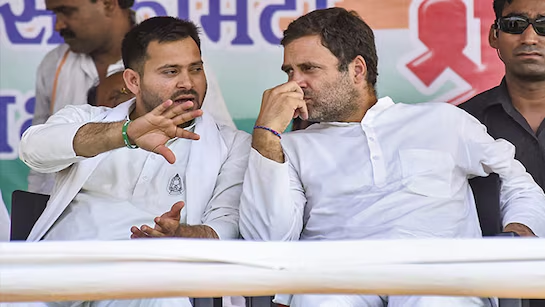
- However, most opposition leaders eventually supported the stance on protecting India’s sovereignty, although they continued questioning government policies on economic resilience and trade diversification.
- The opposition also highlighted the tariff impact on low-income workers and manufacturers and called for focused relief packages.
- Societal Response:
Farmers and industry groups demonstrated broadly in favor of Modi’s decisions, protesting against perceived US economic bullying, including burning effigies of Trump in some states.
Impact Globally
- US-India Relations:
The tariff imposition and Modi’s resistance substantially cooled what had been a “strategic partnership,” signaling a new phase of friction and contestation. - Russia’s Position:
Russia gained critical economic support through Indian oil purchases, countering Western sanctions and bolstering its geopolitical influence. - China’s Advantage:
China strengthened its narrative for a multipolar world, highlighting global south solidarity and leveraging BRICS expansion to create alternatives to Western institutions. - Shift in World Order:
The combined effects intensified the emergence of a multipolar global order, reducing US unilateral influence in trade and diplomacy.
Conclusion: A Pragmatic Partnership Instead of a Formal Alliance
While India, China, and Russia cooperate more than ever through platforms like BRICS and SCO, they have not formed a formal military or political alliance. Strategic interests, border disputes, and divergent policies mean their partnership is pragmatic and issue-based—a maneuver to counterbalance US dominance without full unification.
The 2025 sequence—from the Pahalgam attack to Modi’s Bihar speech, Trump’s ceasefire claim, US tariffs, and India’s diplomatic positions—illustrates the complex dance these powers are performing on the global stage.
About Ground Zero Defence Academy
For those inspired by India’s firm stance on sovereignty, strategy, and national security in 2025, preparing for a future in defense forces is the next step. Ground Zero Defence Academy in Dehradun stands out as one of India’s premier defence coaching institutes. Known for its holistic approach, it combines academic excellence with physical fitness and leadership training, preparing aspirants thoroughly for the National Defence Academy (NDA) and other defence services exams.
Ground Zero Defence Academy offers:
- Expert coaching by experienced retired defense personnel and educators.
- Rigorous NDA Foundation and Target batches, including written exam preparation and SSB interview training.
- State-of-the-art infrastructure with sports and physical training facilities.
- Personalized mentorship to help each candidate achieve their career goals.
Located centrally in Dehradun, Ground Zero empowers youth committed to serving the nation, making it the trusted choice for aspiring defense officers.
If the stories of India’s strategic resilience and leadership inspire you, Ground Zero Defence Academy is your ideal partner to turn dreams of defence service into reality.
Visit: www.groundzerodefenceacademy.com
Address: 9, EC Road, opposite S.K. Memorial Hospital, Karanpur, Dehradun, Uttarakhand 248001
Contact: +91-9412348398
